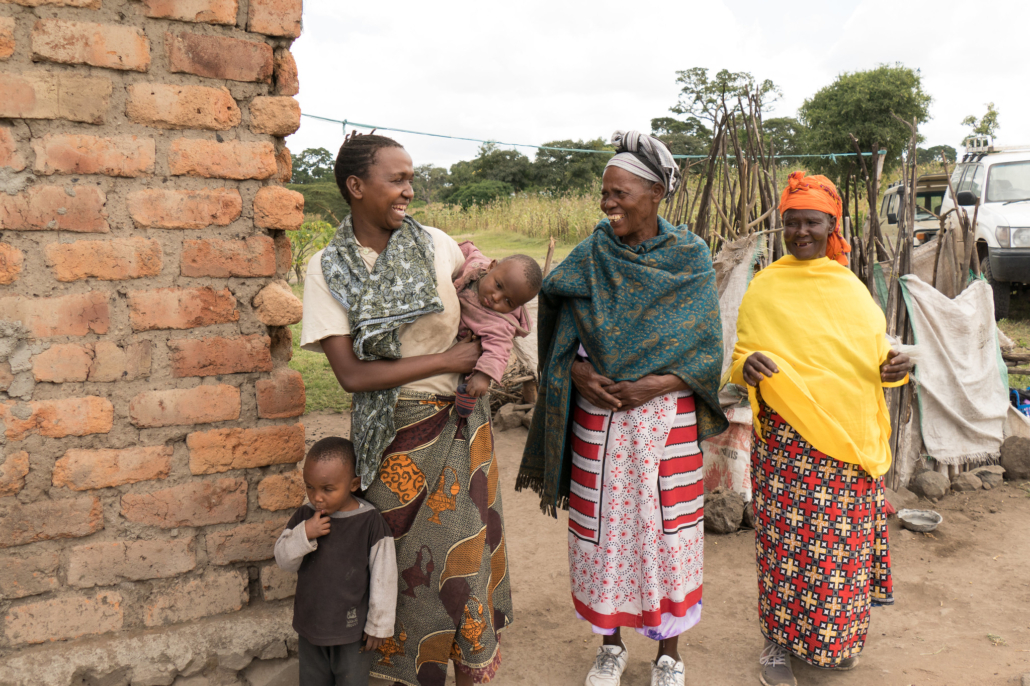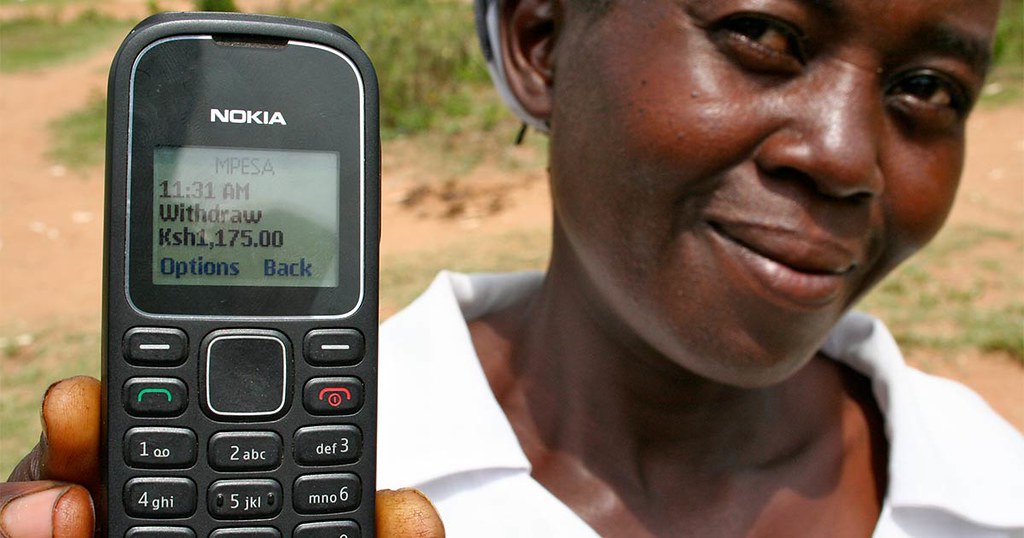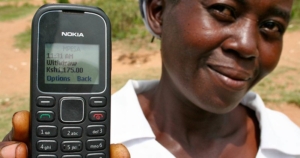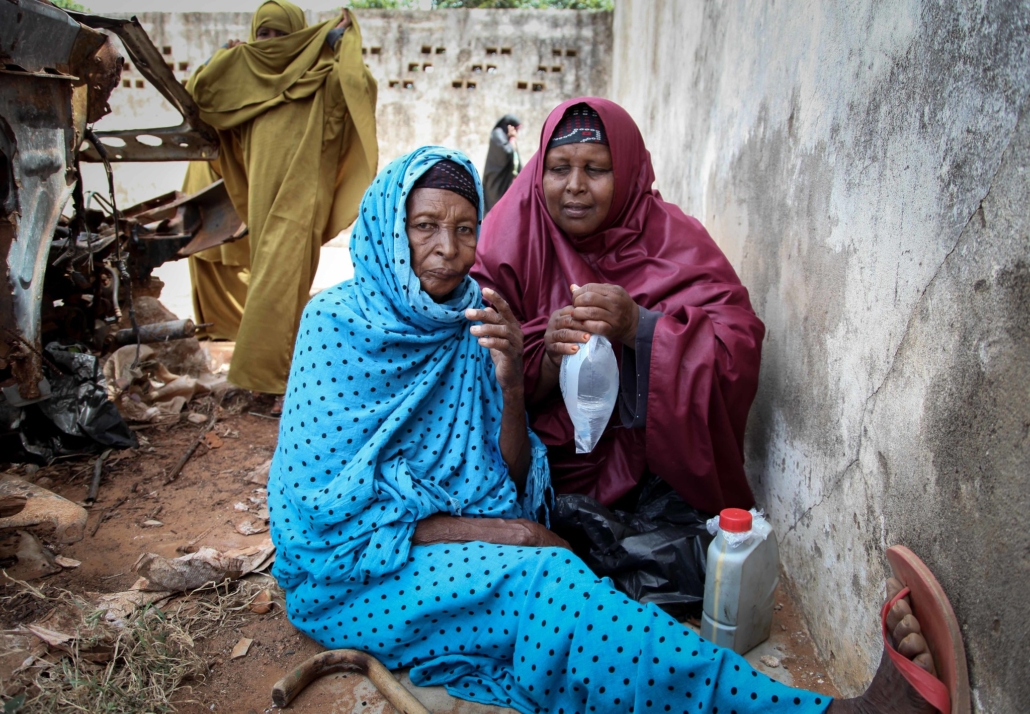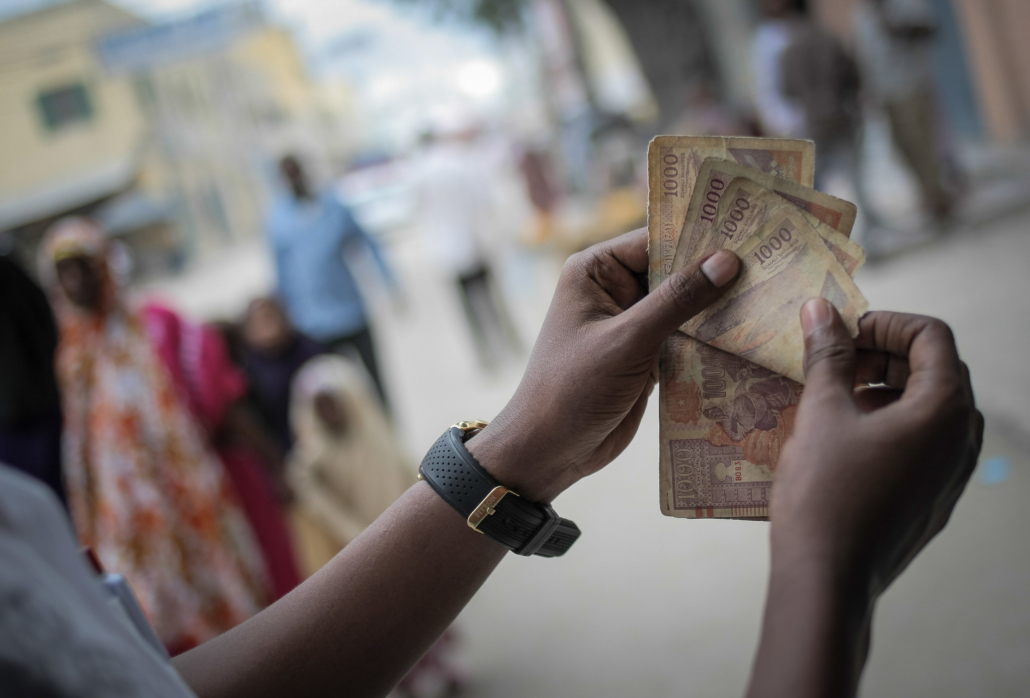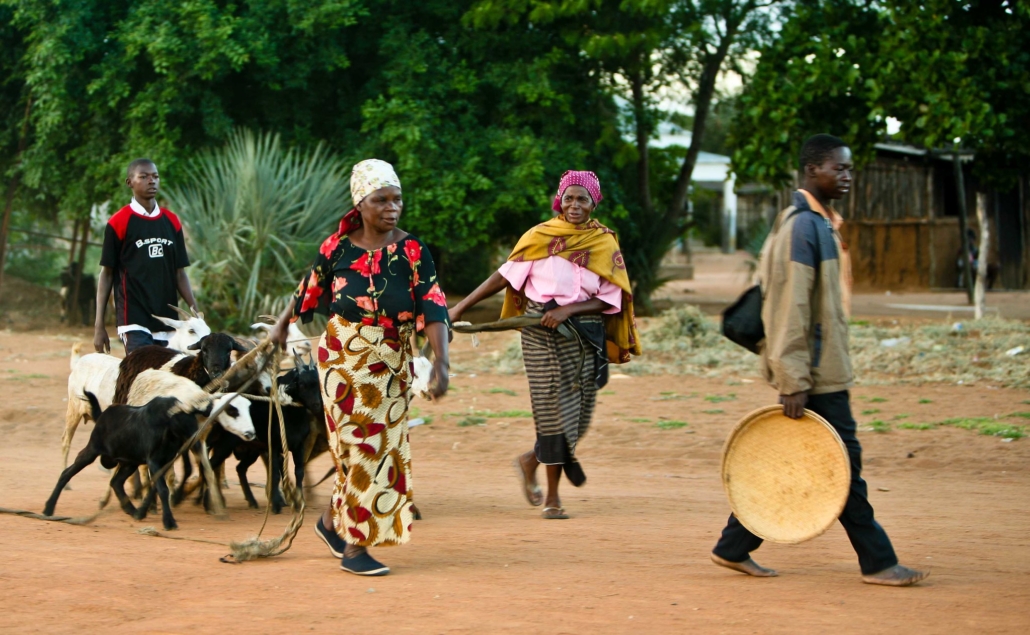
While much progress has been made in recent years, Mozambique has long struggled with poverty due to natural disasters, COVID-19, lack of access to education and repeated conflict, with approximately 62% of the total population living in poverty. This means that a majority of the population is living on less than $1.90 a day. These circumstances often arise in the more rural parts of Mozambique where a lack of skills training lends to selling produce in markets leaving people with barely enough to support their families. Since its inception in 1961, the U.S. Agency for International Development (USAID) is a federal agency that aims to support countries by uplifting and strengthening communities through various programs and partnerships. The following are examples of success stories of USAID programs in Mozambique that follow a history of aid that spans more than 40 years in the country.
Partnership With GiveDirectly
Following cyclone “Idai” in March 2019, hundreds of thousands of people experienced displacement from their homes in Mozambique. In combination with the impact of the COVID-19 epidemic, approximately 4 million people, roughly 10% of the population, were facing food insecurity. To address this issue, USAID has partnered with GiveDirectly, a program that takes a unique approach to fighting poverty through direct cash deposits for villagers who need to purchase food, medical and agricultural supplies. Since 2021, GiveDirectly has provided $10.9 million in cash to 18,000+ people across 55 different villages which includes more than 7,000 households.
USAID’s partnership with GiveDirectly in 2024 has allowed for the growth of programs like Cash+ Youth in Conflict Affected Communities which provides $250 each to youths while they receive business skills training through USAID. The partnership has also brought growth to GiveDirectly programs like Cash+ Climate Smart Agriculture and Cash+Resilient Agriculture. These programs provide cash transfers that increase distribution of agricultural inputs, training in sustainable agricultural practices and the purchase of new farm equipment like fertilizers and high-quality seeds.
Educational Programs
Education plays a pivotal role in allowing children to set themselves up for the future they deserve by learning necessary reading and writing skills. As of 2016, 94% of children in Mozambique attended primary school, a significant improvement from 2003 when only 72% of school aged children attended primary school. Despite this improvement, less than 5% of students demonstrated grade-level reading proficiency by the 3rd grade. This is primarily due to factors such as a lack of reading material, teacher and student absenteeism and limited community engagement in the daily life of the school.
USAID has invested in the education and future of Mozambique’s child population through new educational programs like SABER. This five-year program, announced on August 17, 2023, plans to expand bilingual education in more than 4,000 primary schools across the provinces of Zambezia, Niassa, Nampula and Cabo Delgado. SABER is part of USAID’s plan to invest more than $150 million into education and community engagement across Mozambique in the next five years, improving the literacy and numeracy skills of more than 2.2 million students.
Previous educational programs in Mozambique, such as “Eu Leio” (I Read), sought to increase the distribution of reading materials within a period of six years (2014-2020). The program accomplished this while improving school building capacities and holding students and teachers accountable for the learning outcomes of their community. As of September 2019, their efforts have established 116 school libraries, 116 school councils began monitoring teacher/student tardiness and absenteeism and 116 District Education Plans to address critical education gaps originated.
Gender Equality
Among many in Mozambique there remains long-standing beliefs about gender that tend to encourage discrimination towards women. These gender norms, among other contributing health epidemics like HIV is what leaves Mozambique rated 119th out of 166 other nations on the UNDP Gender Inequality Index. These disparities play out in a variety of ways with approximately half of women being illiterate, 11% of young women and adolescent girls contracting AIDS, and women comprising most of the unskilled labor force that includes agriculture despite their work going largely unpaid. Women in Mozambique face these problems, all while the media continues to support harmful stereotypes about women by portraying them as deserving of violence.
The harmful stereotypes in the media are why one of the many USAID programs in Mozambique is directed towards bridging the gender divide through the Media Strengthening Program. This program aims to amplify citizens’ voices who may not otherwise be heard by targeting gender biases in reporting while working to include female voices as sources. Key targets of gender biased reporting may include topics such as early marriage, women’s health issues and gender-based violence. While more work is necessary to end gender biases in Mozambique, the media is a key component in changing people’s perspective across the country so that further change faces less resistance.
Conservation Efforts
Among the USAID programs in Mozambique are efforts in wildlife conservation. No organization has exemplified this effort more than the partnership between Gorongosa National Park and USAID, a partnership that celebrates its 20th year anniversary as of 2024. After their initial partnership in 2004, USAID began its support of a number of initiatives in the Gorongosa National Park including wildlife protection with the hiring and training of park rangers, habitat restoration through the construction of beehive fences, and conservation through pangolin rehabilitation and veterinary care. With these efforts there are now more than 100,000 animals in the park including elephants, lions, hippos, antelope, painted wolves, hyenas and leopards.
The efforts of Gorongosa National Park, which USAID has supported, have created sustainable incomes for local residents by re-allocating jobs. For example, USAID’s partnership with Gonorosa National Park is replacing jobs like illegal hunting, mining and slash and burn logging with coffee cultivation, honey production, cashew farming, fish farming and chili growing. These efforts are in addition to how USAID’s support is reaching 200,000 people through community health workers, traditional birth attendants and mobile medical clinics.
Concluding Thoughts
These partnerships and organizations alongside many more have successfully demonstrated the impact that USAID programs in Mozambique have had in elevating communities. Mozambique is one country among many other success stories of the good work that USAID has accomplished throughout the world.
– Hunter Gomersall
Hunter is based in Santa Barbara, CA, USA and focuses on Good News for The Borgen Project.
Photo: Flickr

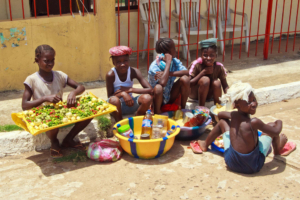 Liberia has implemented various poverty reduction initiatives, which are essential in regions where the extreme poverty line can fluctuate due to uncontrollable factors. These plans are aimed at bringing about positive change, not only within Liberia but also globally.
Liberia has implemented various poverty reduction initiatives, which are essential in regions where the extreme poverty line can fluctuate due to uncontrollable factors. These plans are aimed at bringing about positive change, not only within Liberia but also globally.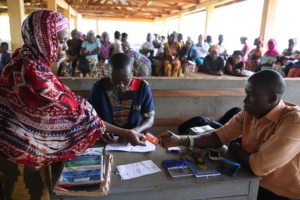 Direct cash transfers provide an alternative method of delivering Overseas Development Assistance (ODA). However, arguments over their effectiveness and impact in comparison to development projects are rife.
Direct cash transfers provide an alternative method of delivering Overseas Development Assistance (ODA). However, arguments over their effectiveness and impact in comparison to development projects are rife. Since its launch in 2011, Tab for a Cause has raised more than $1.5 million for charity. The method by which Tab for a Cause is able to hit this milestone is simple: any time one of Tab for a Cause’s users — called Tabbers — opens a new tab in their browser, the browser extension allocates between one-tenth and one full cent to charity.
Since its launch in 2011, Tab for a Cause has raised more than $1.5 million for charity. The method by which Tab for a Cause is able to hit this milestone is simple: any time one of Tab for a Cause’s users — called Tabbers — opens a new tab in their browser, the browser extension allocates between one-tenth and one full cent to charity.